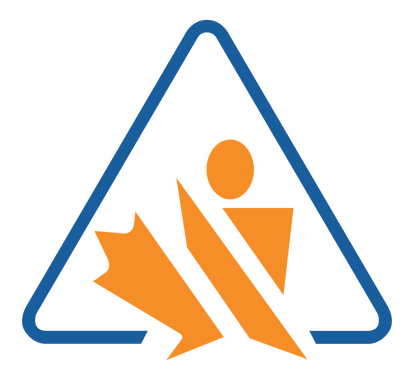Pre-employment Courses
Workplace Hazardous Materials Information System
The Workplace Hazardous Materials Information System (WHMIS) course is designed to educate individuals about the safe handling, use, and storage of hazardous materials in the workplace. WHMIS is a comprehensive system that provides important information about hazardous materials through labels, Safety Data Sheets (SDS), and worker education programs.
Here are the key aspects typically covered in a WHMIS course:
Hazardous materials classification: Participants learn about the different types of hazards associated with materials, including physical hazards (e.g., flammability, reactivity), health hazards (e.g., toxicity, carcinogenicity), and environmental hazards (e.g., aquatic toxicity, ozone depletion). They understand how these hazards are classified and communicated.
WHMIS symbols and labels: Participants become familiar with the WHMIS symbols and labels used to identify hazardous materials. They learn to recognize the various pictograms, hazard statements, and precautionary measures displayed on product labels.
Safety Data Sheets (SDS): Participants understand the importance of Safety Data Sheets, formerly known as Material Safety Data Sheets (MSDS). They learn how to read and interpret SDS, which provide detailed information about the hazards, safe handling procedures, emergency measures, and first aid recommendations for specific hazardous materials.
Responsibilities and rights: The course covers the legal responsibilities of employers, supervisors, and workers under WHMIS regulations. Participants learn about their rights to information, training, and protection, as well as their role in reporting hazards and incidents.
Hazard mitigation and control: Participants learn how to identify and implement control measures to minimize or eliminate hazards associated with hazardous materials. This includes safe storage, handling, and disposal practices, as well as the proper use of personal protective equipment (PPE) and engineering controls.
Emergency procedures: The course typically covers emergency response procedures in the event of a spill, leak, or exposure to hazardous materials. Participants learn how to respond appropriately, including evacuation procedures, reporting incidents, and administering first aid when necessary.
Worker education and communication: Participants understand the importance of ongoing education and communication regarding hazardous materials in the workplace. They learn how to effectively communicate hazards to their co-workers and the procedures for obtaining updated information about hazardous materials.
By completing the WHMIS course, individuals gain essential knowledge and skills to work safely with hazardous materials, protect themselves and their colleagues, and respond appropriately in case of emergencies. The course aims to promote a safe work environment and prevent accidents or injuries related to hazardous materials.

